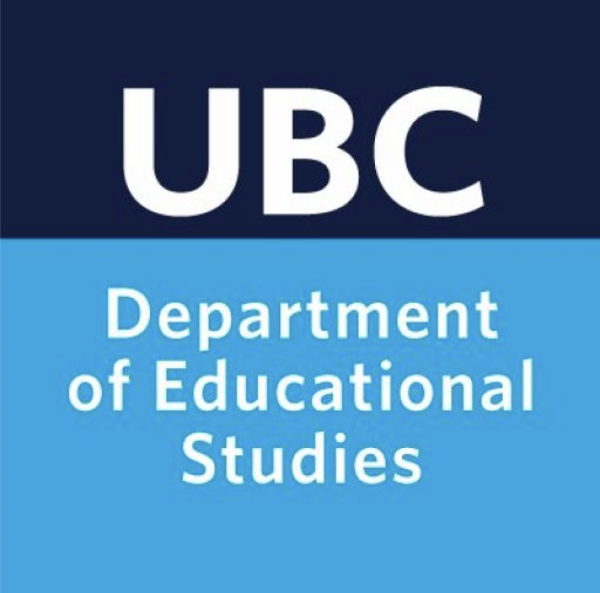Part 1 of the 10-part EDST Dissertation Training Series
By Ella Wright | Blog Editor, EDST | Insights from Dr. Autumn Knowlton
Start Here
Writing a dissertation can feel like putting together a puzzle without knowing what the final picture looks like. Many doctoral students begin by focusing on one chapter at a time, only to realize near the end that they are not sure how all the pieces fit together. If that sounds familiar, you are not alone—and this series is here to help.
This 10-part series shares key insights from two recent dissertation workshops led by Dr. Autumn Knowlton, EDST alum and professional editor at (Re)Visions. The goal is to help you understand how dissertations work, how each part connects, and how to write with confidence. Whether you are just starting your proposal or deep in the writing process, this guide will support you through each stage.
So What Is a Dissertation, Really?
Let’s begin with something that often surprises students. A dissertation is not a book. It is a specific type of academic writing with a clear purpose: to answer a research question (or set of questions) for a particular audience, your committee and your external examiner.
Dr. Knowlton said it clearly:
“The research question is everything.”
If a section of your dissertation does not help answer that question, it may need to be revised or removed.
It is also important to know that research questions often evolve. Many students find that what they originally planned to study changes during the research process. This is normal. What matters is that your final dissertation meets the expectations you set out by the time you are ready to defend.
Key point: Your dissertation needs to answer a question you can defend—not necessarily the one you started with.
Who Are You Writing For?
One key idea to remember is that your audience is small but significant. You are writing for your supervisor, your committee members, and your external examiner. Your job is to make it easy for them to follow your ideas and understand your process.
It helps to think of your reader as someone who is likely reading only one chapter at a time. That means you should:
- Repeat important ideas when needed
- Use transitions to guide the reader
- Avoid assuming your reader remembers something from a previous section
UBC’s Dissertation Structure
At UBC, dissertations typically include more than five chapters. It is common to have seven or more, such as:
- Introduction
- Literature Review
- Theoretical or Conceptual Framework
- Methodology
- Findings
- Discussion
- Conclusion
Each chapter has a purpose and contributes to answering your research question. This series will explore each one in detail.
From Student to Scholar
Writing a dissertation also marks an important shift—you are becoming a scholar. This transition can feel uncomfortable at times. As Dr. Knowlton said,
“At a certain point, you are the expert—but you still have to prove it.”
Your dissertation helps you do that. It is your opportunity to show that you can design and carry out research, analyze data thoughtfully, and make a contribution to your field.
Key Takeaways
- Your dissertation is not a book. It is a structured response to a research question for a specific audience.
- The research question anchors your work. Stay focused on answering it.
- Write for clarity. Use structure, headings, and transitions to help your reader.
- Plan for more than five chapters. UBC dissertations often include seven or more.
- You are becoming the scholar. Write with purpose, and trust that you have something to offer.
Explore the Full Dissertation Training Series
- Overview Post – About the Workshops and Series
- Part 1 – Not a Book, Not a Mystery: What Your Dissertation Really Is
- Part 2 – From Jumble Sale to Funnel: Planning Your Dissertation for Clarity and Flow
- Part 3 – Hold the Target, Not the Dart: Crafting and Evolving Your Research Questions
- Part 4 – Conversations, Not Catalogues: Writing a Literature Review with Purpose
- Part 5 – Kitchen Rules: Conceptual and Theoretical Frameworks Explained
- Part 6 – You Are the Method: Positionality, Ethics, and Making Knowledge
- Part 7 – Sock Time: Presenting Your Findings with Clarity and Confidence
- Part 8 – Weaving the Threads: Discussion and Meaning-Making
- Part 9 – What I Did, Why It Matters: Writing Your Scholarly Conclusion
- Part 10 – Don’t Go in Circles: Writing, Editing, and Staying Sane
Resources
Dissertation Preparation and Policies
- UBC Grad Studies – Getting Started:
https://www.grad.ubc.ca/current-students/dissertation-thesis-preparation - Style Guides and Computer Tools:
https://www.grad.ubc.ca/current-students/dissertation-thesis-preparation/style-guides-computer-tools
Writing Support and Self-Guided Modules
- EDST Thesis Writing Module:
https://thesismodules.edst.educ.ubc.ca/ - Developing a Dissertation (EDST Module):
https://thesismodules.edst.educ.ubc.ca/module-library/developing-a-dissertation/ - UBC Library Dissertation Guide:
https://guides.library.ubc.ca/dissertation
Free One-on-One Writing Support
- UBC Writing Consultations for Graduate Students (writing and referencing help):
https://writing.library.ubc.ca/graduates/writing-consultations/
Workshop Recording and Presenter
- Click to view Dr. Autumn Knowlton’s workshop presentation slides.
- Dr. Autumn Knowlton – (Re)Visions Website: https://www.autumnrevisions.com/
Explore More
UBC EDST students can access free tools and support through the Thesis Writing Module and the Developing a Dissertation module. For writing and referencing help, book a free graduate writing consultation.


Leave a Reply